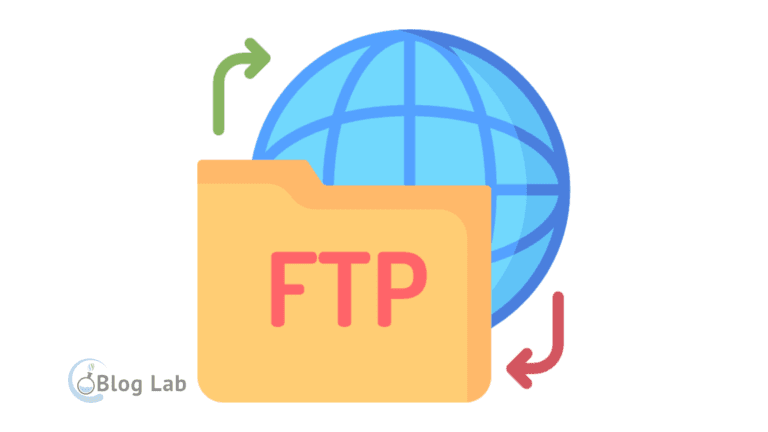FTP Conscience and How To Access

FTP (Protocol Transfer File) is a network communication protocol that allows sending digital files from servers to clients through an unencrypted authenticate process. FTP allows users to upload and download files on the internet by maintaining integrity.
What's FTP?

FTP stands for Protocol Transfer File, which means file transfer protocol. This protocol was first developed in the 1970s, when the Internet began to be used for government and defense interests. Abhay Bhushan's computer scientist wrote the original protocol specs, designed to run a network-controlled program that drives the U.S. government ARPANET.
At the time, FTP applications are run on command line interfaces (CLI) using commands such as PASS (to send password to server), LIST (to display all files in a directory), ABOR (to stop FTP requests and stop file transfers), and others.
In the 1980s, a new version of FTP was introduced to run a transmission control protocol. All year, these protocols have been revised and updated to meet new needs, security standards, and compatibility with modern systems. Currently, FTP is often used along with secure layer (SSL) protocols or transport layer security (TSL) to overcome the security weaknesses that arise from unencrypted automation processes.
FTP
FTP data transfer can occur via four types of protocol:
- Vanilla FTP: Vanilla FTP or plain FTP is standard configuration used by this communication protocol. Here, user credentials and data are delivered without encryption. Vanilla FTP usually uses the 21 port number when connected to the Internet and has the widest compatibility of three other FTP types.
- FTPS: FTP Secure is another name of FTP Secure Sockets Layer (SSL), which uses SSL encryption, unlike traditional FTP. There are some differences between FTPS and other encrypted FTP types, but the most important thing is that security comes with FTPS. This protocol adds some additional commands to the traditional FTP for additional functionality.
- SFTP: SFTP stands for SSH Transfer Protocol or Secure File Transfer Protocol, which uses SSH encryption to protect user data and credentials. SFTP usually uses port numbers 22 when connected to the Internet and has advanced features such as files transfer resumes, compression data and remote file management.
- WebDAV: WebDAV stands for Web Distributed Authority and Versioning, which is an extension from HTTP to facilitate file transfers over the web. WebDAV usually uses port numbers 80 or 443 when connected to the Internet and supports features such as locking files, versioning files, and metadata files.
How do you access FTP?
There are three ways to access FTP:
- Using command line interface (CLI): This way is very simple but requires knowledge of FTP commands. User can use the Command prompt for Windows or Terminal for Mac / Linux to run FTP applications.
- Using web browser: This is easier when users want to access the large directory on the server. However, web browser is often less reliable and slower than using special FTP programs. Users can type FTP server addresses in web browser bars, for example ftp: / / example.com.
- Using FTP clients: This is the most common way, especially for web developers, because it gives more freedom than with a command line and web browser. The FTP client is also easier to manage and stronger than any other method. There are also more features available when using FTP clients. FileZilla, WinSCP, Cyduck, and Transmit.
To use FTP clients, users need to have the following information:
- FTP server address: This is a domain name or IP address from an FTP server to access, for example example.com or 192.168.0.1.
- Username and password: This is the credentials provided by the FTP service provider to authenticate the user. Some FTP servers may not need credentials to access their files. This practice is common in anonymous FTP.
- Port number: This is the number used to identify the communication protocol used. By default, the port number for FTP is 21, for FTPS is 990, for SFTP is 22, and for WebDAV is 80 or 443.
Once having that information, the user can open an FTP client and insert that data into the appropriate field. Later on, the user can click on a connect or symmelar button to start an FTP session.
Conclusion
The FTP is a network communication protocol that allows sending digital files from servers to clients through an authentic process without encryption. FTP has multiple types, which are vanilla FTP, FTPS, SFTP, and WebDAV, which have differences in terms of encryption, features and port numbers. To access FTP, users can use command line interfaces, web browser, or FTP clients.
If you have any questions or suggestions, please leave a comment below. Thank you for reading 😊





